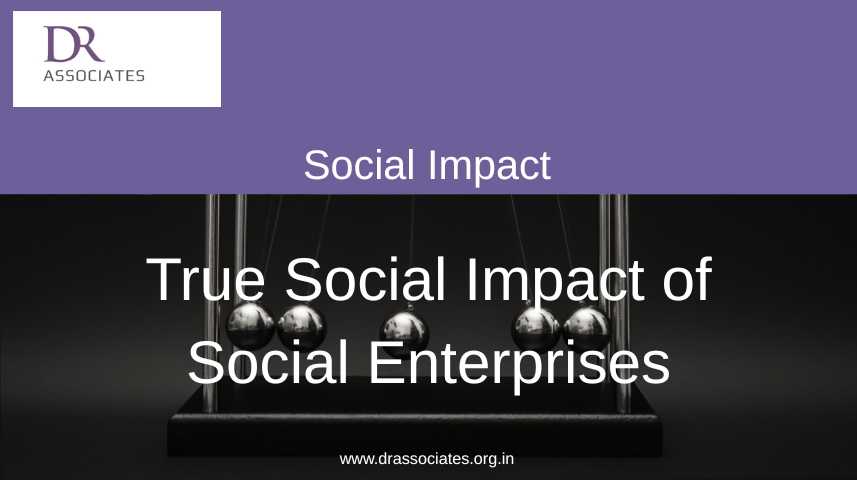
Why Social Enterprises May Have Trouble Showing True Social Impact under the Circular
The Social Stock Exchange was designed to help social organizations raise money in a transparent and trustworthy way. However, several challenges in the current rules (the “circular”) make it hard for social enterprises to really prove and demonstrate their actual, positive impact on society. Here are the reasons why:
- Self-Reporting Without Strong Checks
- The rules require social enterprises to report on their impact through annual “Social Impact Scorecards” and other disclosures.
- Most of these reports are created by the social enterprises themselves (self-reporting).
- There is no clear rule that requires these impact claims to be checked or audited by truly independent, outside experts.
- No Standard Way to Measure Impact
- The circular tells organizations to report their impact but doesn’t set a standard method for measuring or proving social impact.
- Social impact is complex and can look different for each project or cause (for example, health, education, poverty).
- Without clear guidelines, organizations can pick the numbers or stories that make them look good, rather than show the entire, honest picture.
- Weak Penalties and Little Oversight
- If an organization exaggerates or fakes its impact, the current rules don’t clearly state strong punishments or meaningful penalties.
- This means organizations that “social-wash” (make themselves look more helpful than they are) may escape unnoticed or unpunished.
- There is no strict regulatory body (like the NFRA) specifically verifying the social claims, making thorough oversight difficult.
- Lack of Skilled, Independent Auditors
- Verifying genuine social impact requires professionals who know how to audit complicated social programs and outcomes—not just finances.
- India currently has a shortage of independent, skilled social auditors.
- Without these experts, even if audits become required, there may be quality and consistency problems.
- Pressure to Attract Funding
- To raise funds, social enterprises may feel pressure to present the best possible image of their work.
- With loose verification, this can encourage overstatement or only reporting positive results, while ignoring failures or areas needing improvement.
- Complexity of Social Impact
- Many social changes (like improving literacy or reducing poverty) take time and are hard to measure.
- The circular expects yearly reporting, but real, meaningful change may not show up in a single year or follow a simple, measurable path.
This leaves a risk that impacts could be exaggerated, selective, or even false, whether on purpose or by mistake.
Summary Table
| Challenge | Result |
|---|---|
| Self-reporting with no checks | Risk of exaggeration or false claims |
| No standard measurement method | Inconsistent and unclear reporting |
| Weak penalties and oversight | Little deterrence against dishonesty |
| Few skilled social impact auditors | Hard to do reliable verification |
| Funding pressure | Temptation to exaggerate achievements |
| Complexity of social impact | Difficult to show clear results every year |
In Simple Words:
Under SEBI’s rules, social enterprises often end up “marking their
own homework” without much supervision. There aren’t enough strict
rules, independent checks, or penalties to ensure that the reported
impact is real, accurate, and meaningful. Without these, it’s easy
for reports to become more about appearance (“impact illusion”) than
reality.
To truly demonstrate genuine social impact, the SSE framework
would need independent audits, clear standards, stronger
penalties for misreporting, and skilled professionals to check
organizations’ claims. Until then, proving real, honest impact
under the circular will remain a big challenge for many social
enterprises.
Rohit Pandya
We bridge mission-driven organisations and socially-minded investors through seamless Social Stock Exchange listings.



 by
by 